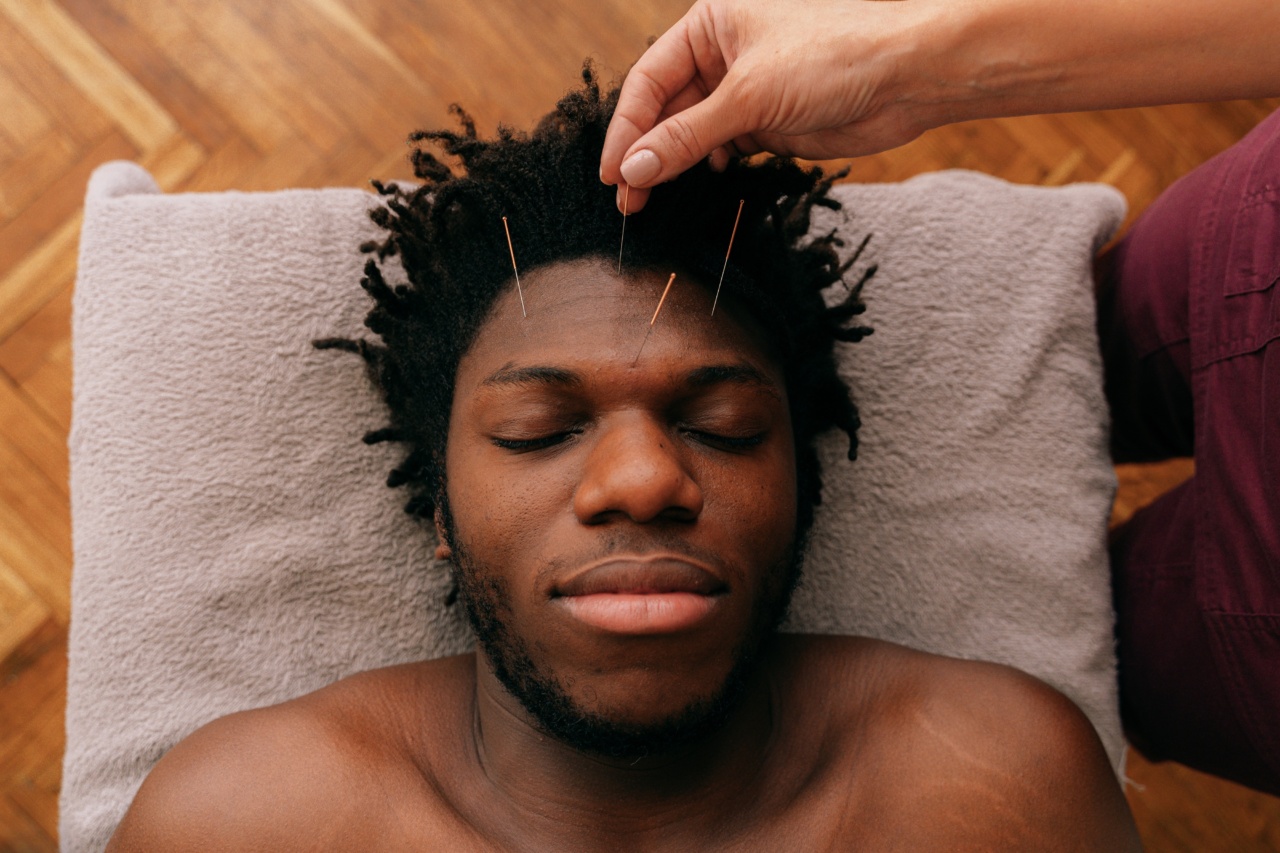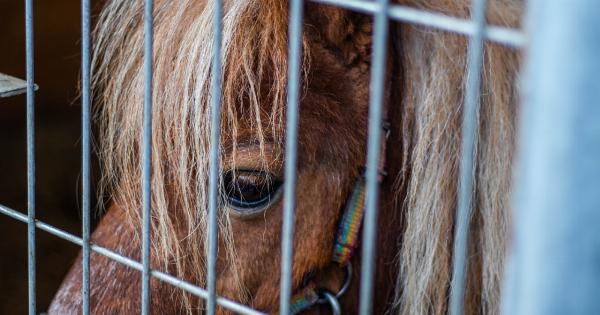Chin hair growth is a common concern for many individuals, especially women. While it is generally considered a harmless occurrence, the growth of chin hair can be influenced by various factors.
Understanding these influences can help shed light on why individuals experience chin hair growth and how to manage it. In this article, we will explore the different factors that can influence chin hair growth.
Hormonal Imbalances
Hormonal imbalances play a significant role in chin hair growth. Testosterone is a hormone that affects hair growth patterns.
In individuals with higher levels of testosterone or an increased sensitivity to the hormone, chin hair growth can be more prominent. Conditions such as Polycystic Ovary Syndrome (PCOS) and adrenal disorders can contribute to hormonal imbalances and result in excessive hair growth in various areas, including the chin.
Genetics
Genetics also play a crucial role in determining hair growth patterns. If individuals have a family history of chin hair growth, they are more likely to experience it themselves.
Genetic factors can affect the sensitivity of hair follicles to hormones, leading to increased hair growth in specific areas, such as the chin.
Aging
As we age, hormonal changes occur in our bodies. In women, the decrease in estrogen levels during menopause can lead to an increase in androgen hormones like testosterone. This hormonal shift can contribute to an increase in chin hair growth.
Additionally, the aging process can affect hair follicles’ health and contribute to chin hair growth.
Stress
Chronic stress can disrupt hormone levels in the body, including those related to hair growth. Stress can increase the production of androgens, such as testosterone, which can stimulate hair follicles on the chin.
Therefore, individuals experiencing high levels of stress may notice an increase in chin hair growth.
Medications
Certain medications can influence chin hair growth.
For example, some hormone-based medications, such as hormonal contraceptives or hormone replacement therapy, may affect the balance of hormones in the body and potentially result in increased chin hair growth. It is essential to discuss the potential side effects of medications with a healthcare professional.
Medical Conditions
Several medical conditions can contribute to chin hair growth. Apart from hormonal imbalances, conditions such as hirsutism and hypertrichosis can cause excessive hair growth, including on the chin.
These conditions should be diagnosed and treated by a healthcare professional to address the underlying causes.
Diet and Nutrition
Although diet and nutrition alone cannot cause chin hair growth, they can indirectly impact hormone levels and hair health. A well-balanced diet that includes essential vitamins and minerals supports overall hair health.
On the other hand, a diet lacking in nutrients or high in processed foods may contribute to hormonal imbalances that could affect chin hair growth.
Overactive Hair Follicles
Some individuals have overactive hair follicles, which can result in increased hair growth in various areas, including the chin. Overactive hair follicles can be influenced by genetics, hormonal factors, or other unknown causes.
Managing the growth of chin hair in such cases may require various hair removal techniques.
Hair Removal Methods
Individuals who wish to manage chin hair growth have multiple hair removal methods to choose from. These include shaving, waxing, plucking, threading, laser hair removal, and topical prescription creams.
Each method comes with its own set of advantages and disadvantages, and what works best for one person may not work as well for another. Consulting with a dermatologist or aesthetician can help determine the most suitable hair removal method.
Conclusion
Chin hair growth can be influenced by various factors, including hormonal imbalances, genetics, aging, stress, medications, medical conditions, diet, and overactive hair follicles.
Understanding these influences can provide insights into why chin hair growth occurs and help individuals manage it effectively. Whether through hormonal treatments, lifestyle modifications, or various hair removal methods, individuals can find solutions that cater to their specific needs and preferences.






























